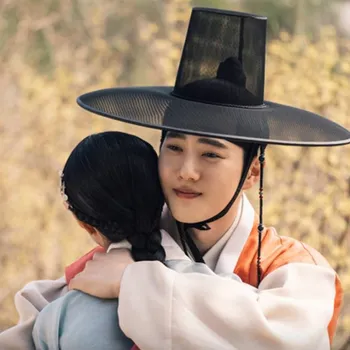
Givenchy
If you've been a part of the K-Pop fandom in recent times and are aware of the general discourse around the current state of the industry, you might have witnessed the term "4th generation" rise to vogue in the last couple of years as a defining factor for up and coming K-Pop groups to posit them as players on a new turf. However, this generational classification has sparked quite the debate among fans, both Korean and international about the standards by which artists qualify as belonging to a specific generation in K-Pop and the boundaries that separate one generation from another.
The History Of K-Pop
The first pop artist in the Korean music scene to create the blueprint for K-Pop was Yang JoonIl. While this credit is often deferred to Seo TaiJi & Boys, it was Yang JoonIl who brought American influences to Korean pop, marking a shift from the predominant genres of folk and ballad and giving way to a sort of modernity, which was then successfully pioneered by Seo TaiJi in 1992. Seo TaiJi, who is also called the "Father of K-Pop" transformed Korean pop music from an imitative genre to an authentic new style which awakened a cultural revolution and finally gave birth to idol culture as we know it today.
Formerly the bassist of Sinawe, a heavy metal/rock band, Seo TaiJi single-handedly created the first "K-Pop group" Seo TaiJi & Boys in 1992 with members Yang HyunSuk (former CEO of YG Entertainment) and Lee JuNo as dancers/choreographers and Seo TaiJi himself as the leader, producer, and songwriter. After 4 years of activity, at the peak of their success, the group di
Enjoy full access for just $1
Join over 10,000 active members!
🌟 Special Contents for Subscribers










